#Col. Percy Harrison Fawcett
Explore tagged Tumblr posts
Text


Western history is full of the daring feats of explorers—Lewis and Clark in North America, John Cabot in Canada, Marco Polo along the Silk Road, and the list goes on.
But what about the explorers who set out with the same optimism as these navigational celebrities, only to face mysterious adversity?
Here are five explorers who had all the advantages of their more successful counterparts, only not to reach their goals and leave very little trace of their true fates.
Franklin’s failed Northwest Passage quest

British explorer Sir John Franklin left England in 1845 with 129 crew members and officers in search of the Northwest Passage, a shipping route from the Atlantic to the Pacific through Canada.
They were expertly equipped with iron-sheathed ships, three years of food and drink, even an early daguerreotype camera.
Instead of finding the passage, however, the ships became trapped in the Canadian Arctic’s most treacherous, ice-choked corner, north of King William Island.
Twenty-four men died by April 1848, including the captain.
The new captain, Francis Crozier, apparently abandoned the ships and set out with the remaining crew over the icy terrain in a desperate attempt to reach land.
Inuit hunters reported seeing bedraggled crewmen dragging sleds across the ice.

A few bodies have since been found, along with deserted campsites and bits and pieces, including silver dessert spoons and cotton shirt fragments.
In 2014, the wreck of Erebus was located, followed by the Terror in 2016.
While the wrecks themselves did not solve the mystery of what killed the men, the recovered bones of some men bore knife marks, suggesting the crew was fending off starvation by cannibalism.
Fawcett’s Lost City of Z
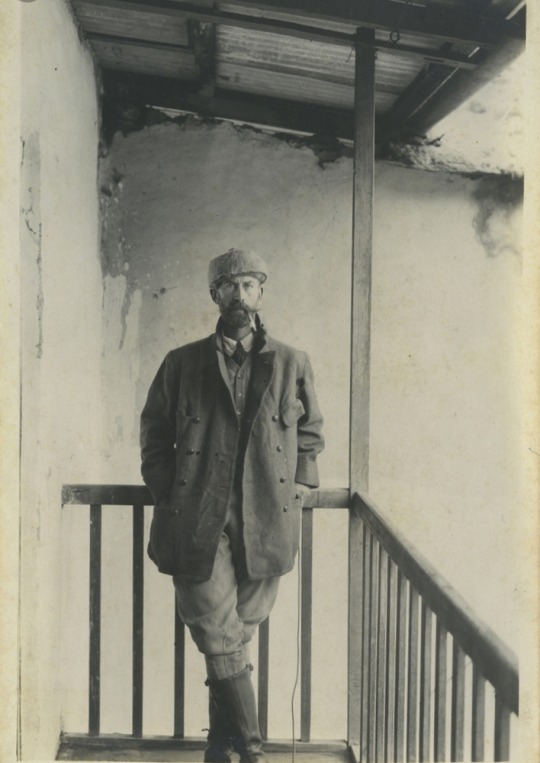
British explorer Col. Percy Harrison Fawcett already had undertaken several expeditions into the Amazon early in the 20th century when he came across an irresistible Portuguese document at the National Library of Brazil.
Detailing the discovery of a “large, hidden, and very ancient city, without inhabitants, discovered in the year 1753,” it told of grand ruins hidden in the Mato Grosso jungle.
Fawcett instantly decided to find the ruins, which he named the Lost City of Z.
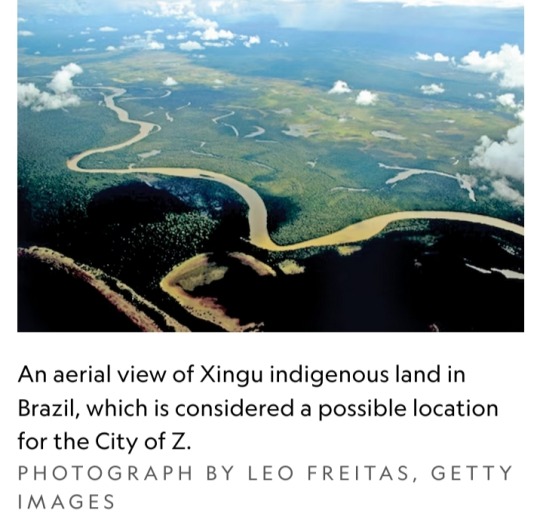
After one failed attempt to find this awesome site, Fawcett, his son Jack, his son’s friend Raleigh Rimell, and two local laborers departed into the Brazilian wilderness in April 1925.
They wrote their last dispatch home on May 20.
Their Brazilian helpers had left them, Fawcett noted, but “You need have no fear of failure.”
No one ever heard from the party again.
Their disappearance became an obsession, with adventurers over the next decades trying to retrace their steps.
A reporter who went after Fawcett in 1930 also disappeared, as did a Swiss hunter and his search party.
Unconfirmed reports filtered out from the jungle of pale-skinned prisoners and their young children, but Fawcett and his party have never been found.
Mallory’s ill-fated Everest summit
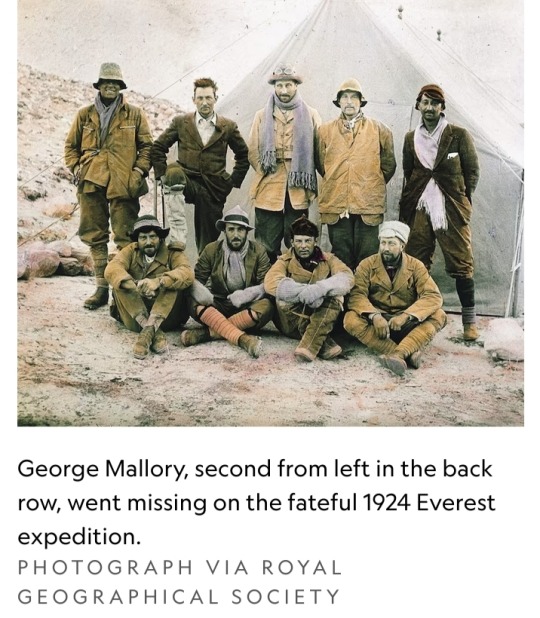
The hopes of the world, or at least of the world’s mountain-climbing community, were pinned on George Leigh Mallory when he began his third attempt to reach the summit of Mount Everest in April 1924.
The handsome English climber had reached 27,235 feet, 1,800 feet below Everest’s peak, on a 1922 expedition.
This time, he intended to make it to the top.
On June 8, Mallory and his young companion, Sandy Irvine, set out on what they hoped would be the final sprint.
A fellow climber spotted them, two black spots, about 800 vertical feet below the summit. Then a snow squall closed in, and the climbers disappeared.
Mallory’s body was not recovered for 75 years.
In 1999, climber Conrad Anker discovered Mallory’s frozen corpse at 26,760 feet on the mountain’s north face. Irvine’s body has not been found.
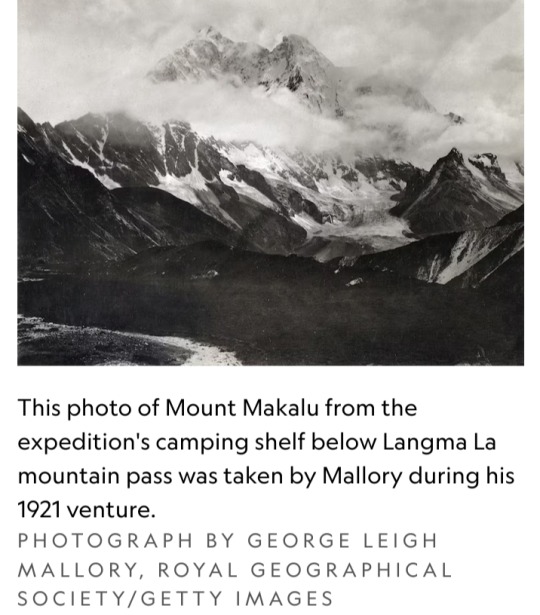
Whether Mallory was on his way up to the summit or was coming down from a successful ascent is unknown.
If he did reach the peak, he would have beaten Edmund Hillary, the New Zealand mountaineer who has been lauded for being the first man to reach the summit since his successful ascent in 1953.
But the world may never know.
Amelia Earhart’s strange disappearance
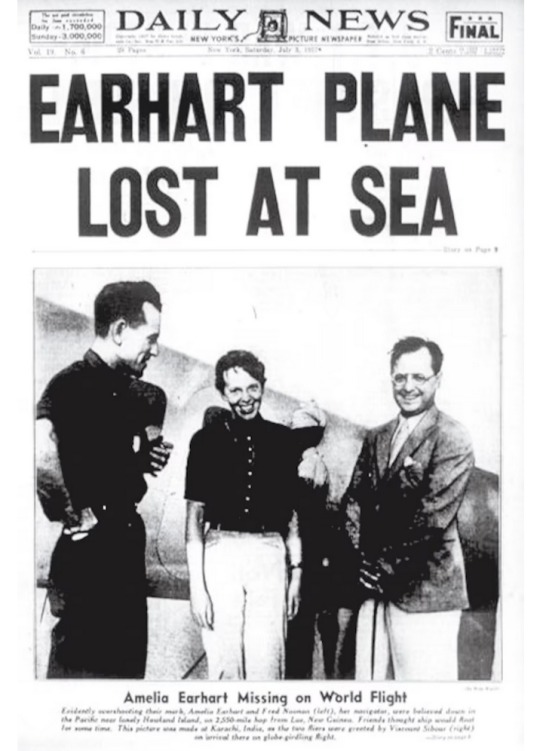
Amelia Earhart was world famous. She was the first woman to fly solo across the Atlantic and the first person to fly from Hawaii to California.
Her round-the-world flight in 1937 was her final challenge.
Accompanying her when she took off from Miami on 1 June 1937 was an experienced navigator, Frederick Noonan.
The first legs of the 29,000-mile trip were arduous, but the 2,556-mile Pacific leg from New Guinea to tiny Howland Island was the toughest of all.
From the air, Earhart radioed she couldn’t see the island and was running low on fuel. Then silence.
Recent forensic analysis suggest that bones found in 1940 on the Pacific island of Nikumaroro were those of the aviator.
Dimensions of Earhart’s body according to photos and clothing matched measurements recorded of the bones.
Unfortunately, the bones themselves were lost—so DNA testing cannot be done.
Researchers are still following every lead, from a skull fragment found in a museum to underwater fragments possibly from her plane, but so far, her disappearance remains a mystery.
Ambrose Bierce’s baffling Mexican quest

Ambrose Bierce isn’t the typical explorer. A Civil War veteran, he was also a journalist and poet, known for his cynical and misanthropic writings.
One such entry in his Devil’s Dictionary, for example, reads, “Fidelity: A virtue peculiar to those who are about to be betrayed.”
In 1913, with his family dead and his career waning, the 71-year-old Bierce headed out to visit Civil War battlefields, including Missionary Ridge and Chickamauga, and onward to Mexico.
“I am going to Mexico with a pretty definite purpose, which is not at all presently disclosable,” he wrote to his secretary.
He may have joined up with Pancho Villa’s rebel army and traveled with it to Chihuahua.
Reports from one of Villa’s battles told of an “old gringo” killed in the fighting.
Could that have been Bierce? Or did he live on in Mexico, California, France, or Brazil, where reports have placed him over the years?
#Sir John Franklin#Northwest Passage#King William Island#Col. Percy Harrison Fawcett#Amazon#Lost City of Z#Mato Grosso#George Leigh Mallory#Sandy Irvine#Mt. Everest#Conrad Anker#Amelia Earhart#Frederick Noonan#Nikumaroro#Ambrose Bierce#Mexico#explorers#missing explorers#mystery#disappearance
18 notes
·
View notes
Text
How did these explorers vanish?
THE LARGEST MARINE STINGRAY VIEW ONLINE WILL WE EVER KNOW? Tuesday, January 24, 2023 In today’s newsletter, we follow the disappearances of five famous explorers, see how dogs may help us reverse aging, explore a possible alternative to opioids, discover Sudan’s pyramids … and take Nat Geo’s courtyard quiz. PHOTO COURTESY LIBRARY OF CONGRESS, GETTY IMAGES Col. Percy Harrison Fawcett set out…
View On WordPress
0 notes
Text

(part 6 FINAL)
As a last group I put also some ficional cities and places of myths and legends or religions!
Here is the list if anyone is intrested to learn more:
- Lost City of Z An indigenous city that Col. Percy Harrison Fawcett believed had existed in the jungle of the Mato Grosso state of Brazil.
- Kunlun A place where immortals lived according to Chinese mythology.***
- Mu A hypothetical continent that allegedly disappeared at the dawn of human history.
- Ketumati A pure land belonging to Maitreya within Buddhism.
- Land of Manu Western abode of the Sun god Ra.
-Xibalba The underworld in Mayan mythology.
- La Canela Also known as the Valley of Cinnamon, is a legendary location in South America.
- Valhalla (from Old Norse Valhöll "hall of the slain") is a majestic, enormous hall located in Asgard, ruled over by the god Odin.
-Shangri-La A mystical, harmonious valley enclosed in the western end of the Kunlun Mountains.***
- Elysium In Greek mythology, the final resting place of the souls of the heroic and the virtuous.
- Atlantis The lost continent that was supposed to have sunk into the Atlantic Ocean.
9 notes
·
View notes
Text
Inspire yourself with adventure and daring do at Torquay Museum and its Explorers’ Season
There’s plenty of reasons that sense of wonderlust might be tickling your toes, but before you take the plunge into the great unknown, point your explorer toes to Torquay Museum to take in their Explorers’ Season, which continues until February 2018. (more…)
View On WordPress
#Ann Daniels#Col. Percy Harrison Fawcett#Dartmoor#Explorers’ Season#Lost City of Z#TEDx Exeter#Torquay Museum
0 notes
Text
Z - Lost City of Z

The Lost City of Z is the name given by Col. Percy Harrison Fawcett, a British surveyor, to an indigenous city that he believed had existed in the jungle of the Mato Grosso state of Brazil. Based on early histories of South America and his own explorations of the Amazon River region, Fawcett theorized that a complex civilization once existed there, and that isolated ruins may have survived.
Fawcett found a document known as Manuscript 512, held at the National Library of Brazil, believed to have been written by Portuguese bandeirante João da Silva Guimarães. According to the document, in 1753, a group of bandeirantes discovered the ruins of an ancient city that contained arches, a statue and a temple with hieroglyphics. He described the city ruins in great detail without giving its location. Manuscript 512 was written after explorations made in the sertão of the province of Bahia. Fawcett intended to pursue finding this city as a secondary goal after "Z". He was preparing an expedition to find "Z" when World War I broke out and the British government suspended its support.
0 notes
Photo

Lost City of Z
For other uses, see Lost City of Z (disambiguation). The Lost City of Z is the name given by Col. Percy Harrison Fawcett, a British surveyor, to a city that he thought existed in the jungle of the Mato Grosso region of Brazil. This mysterious city is referenced in a document known as Manuscript 512, housed at the National Library of Rio de Janeiro by Portuguese bandeirante João da Silva Guimarães (pt) who wrote that he'd visited the city in 1753. The city is described in great detail without providing a specific location. Fawcett allegedly heard about this city in the early 1900s and went to Rio de Janeiro to learn more, and came across the earlier report. He was about to go in search of the city when World War I intervened. In 1925, Fawcett, his son Jack, and Raleigh Rimell disappeared in the Mato Grosso while searching for Z. Although the search for the lost city was made in the Mato Grosso, Manuscript 512 was written after explorations made in the sertão of the province of Bahia. More details Android, Windows
1 note
·
View note